Kentucky Native Plants List: 9 Low Maintenance Ideas For Your Home Landscape


Whether you have a sunny garden, a partially shaded space, or a cozy spot beneath a lush canopy, there's a Kentucky native plant ready for your landscape.
Kentucky is home to a rich array of native plants, a few of which from the iconic Eastern Redbud (Cercis canadensis) and Red Maple (Acer rubrum) trees to the already popular garden shrubs like Wild Hydrangea (Hydrangea arborescens) just to name a few. Kentucky boasts a diverse range of native species that contribute to its unique ecosystems. In this post, we'll delve into the beauty, ecological importance, and benefits of cultivating native plants right in your own backyard. Whether you have a sunny garden, a partially shaded space, or a cozy spot beneath a lush canopy, there's a Kentucky native plant ready for your landscape. But first...
What are Native Plants?
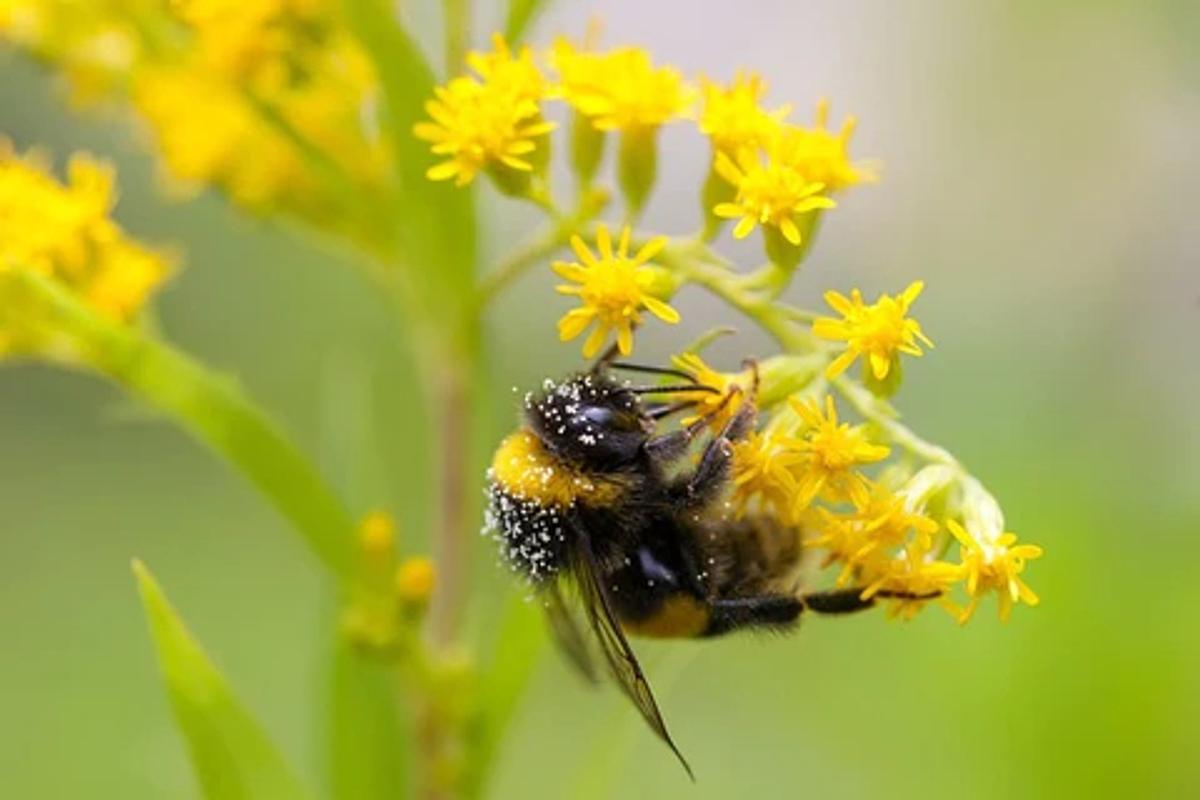
Kentucky's native plants are those that have flourished in the region now recognized as the Bluegrass State (and across much of the midwestern United States) for countless centuries. The native species we encounter today - like those highlighted at local native plant events - are descendants of ancestral plants that thrived within Kentucky's ecosystems long before European settlers arrived. Over time, these plants have developed unique adaptations to thrive in Kentucky's distinctive environment while providing crucial wildlife habitats.
Kentucky's native plants not only directly support local wildlife and ecosystems but also make fantastic additions to gardens and landscapes. Many native plants in Kentucky grow rapidly, naturally endure drought, require minimal fertilization, and demand little maintenance. Identifying the appropriate native plants for your Kentucky yard can enhance the beauty and ecological significance of any landscaping endeavor.
Why are Kentucky Native Plant Species Important?
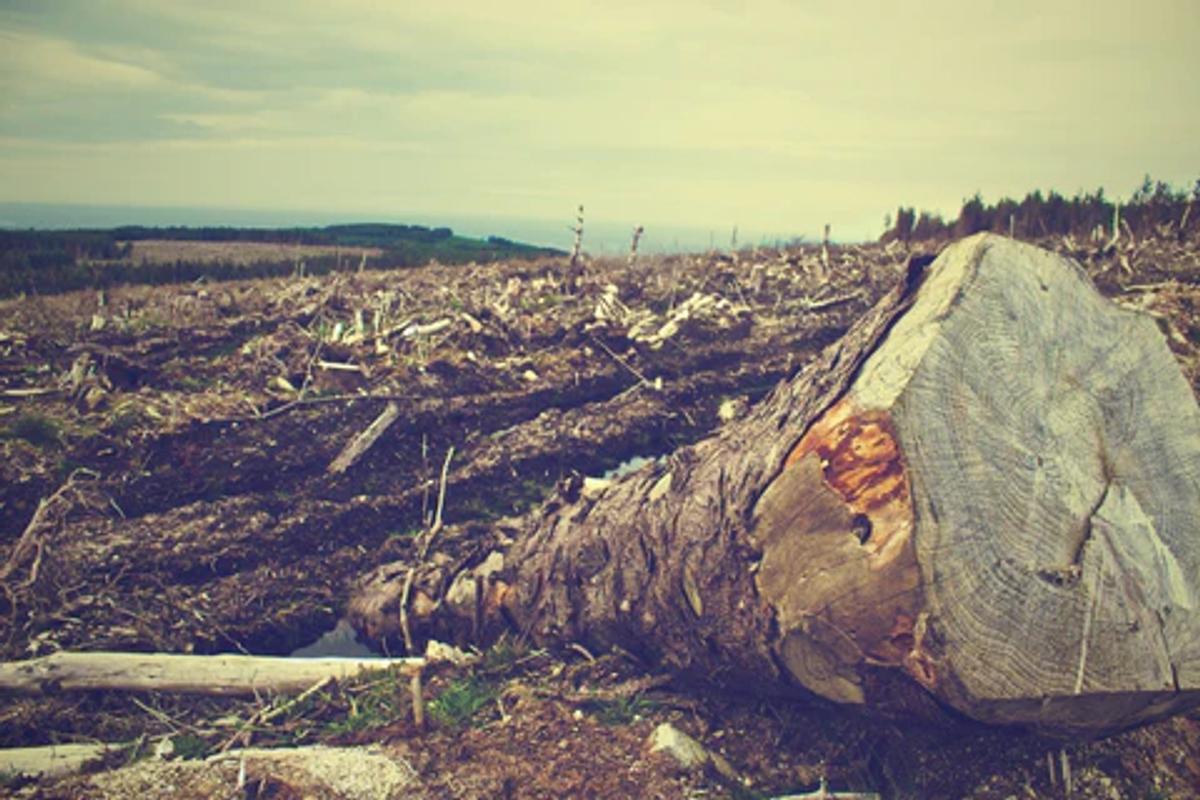
There has been an ongoing and incredible loss of animal life worldwide over the past 150 years. This is a tragedy that has affected almost every major group of wildlife, including the many bees, butterflies, birds, and other beneficial pollinators that allow our natural world to function. A leading driver of this crash is land mismanagement: as humans, we've spent far too long removing the native trees and herbaceous perennial plants our local wildlife needs and replacing them with non native species that do little or nothing to help.
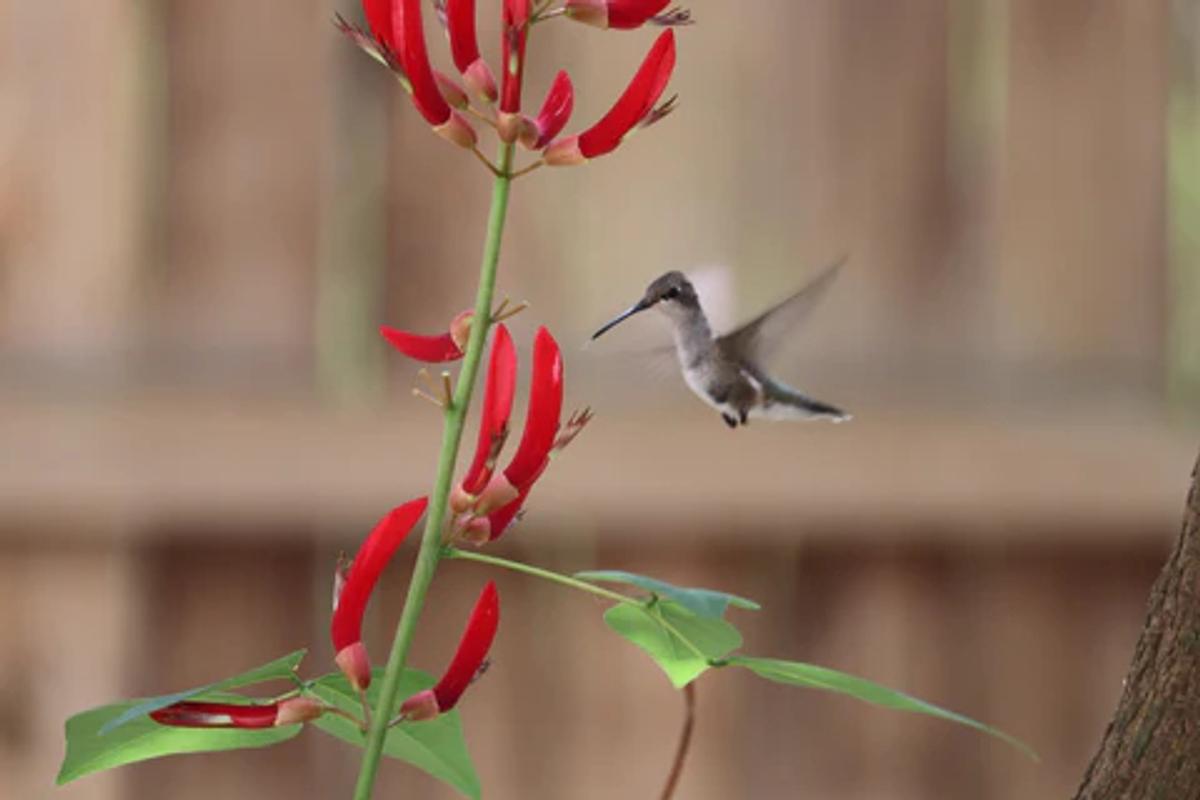
By contrast, the trees, shrubs, grasses, and flowers that are native to their areas are especially well-adapted to provide food and shelter for many beneficial insects, birds, and other wildlife. These plants also tend to cycle nutrients into the soil more efficiently, and retain more storm water, than any kind of turf grass. Many species of native plants can survive in poor soil conditions and are drought tolerant and deer resistant once established which also makes them a great choice for most gardeners. Simply by adding some native Kentucky flowers to our garden beds or other landscaping efforts, we can directly help to reduce atmospheric CO2, create fertile soil, and reestablish a healthy local ecosystem.
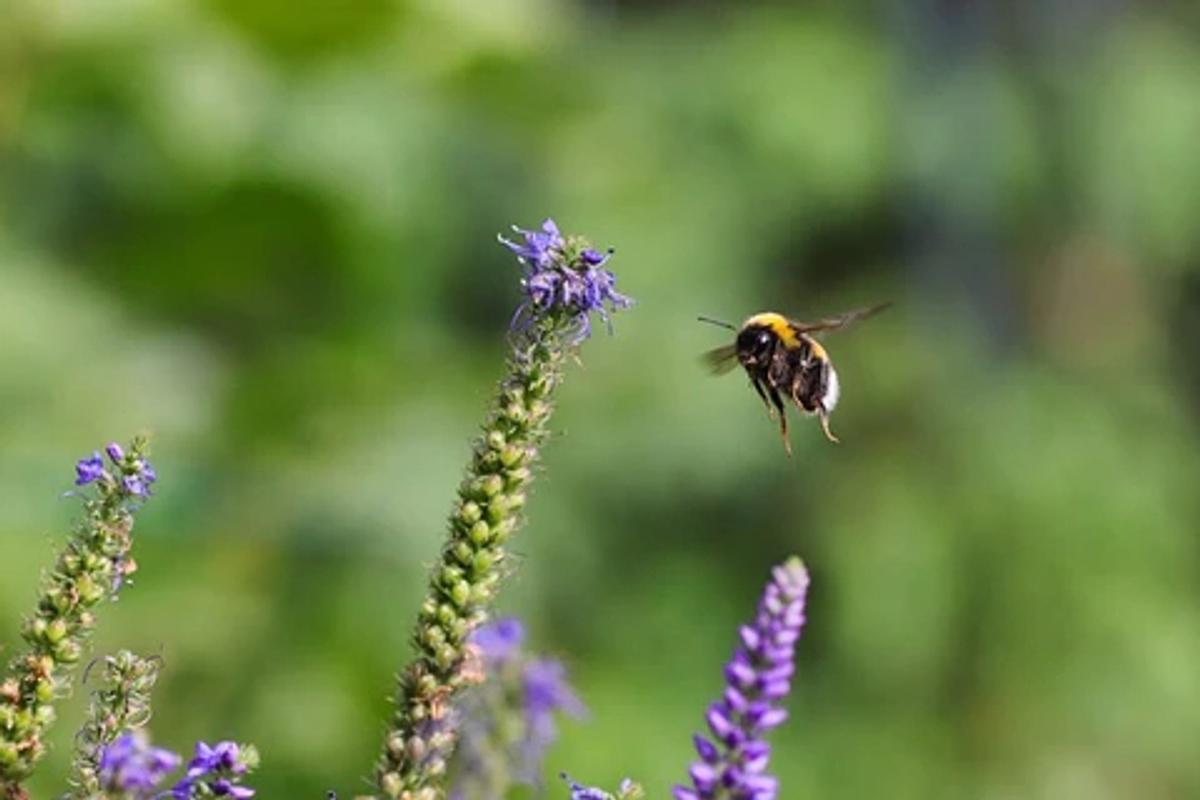
Kentucky Native Plants for Landscaping
Below, I share just a handful of Kentucky native plant species, and split them into three major plant lists of sun exposure: Full Sun, Partial Shade, and Full Shade. Each one of the plants listed will support many beneficial insects and some can be found in My Home Park's pre-designed gardens for Kentucky.
Native Plants for Full Sun

Purple Coneflower is a widely recognized species across the eastern US and beyond, known for its showy flowers, easy cultivation, and medicinal properties. Purple Coneflower will thrive in full sun to light shade, and adapts well to a variety of soil types, including well-draining sandy, loamy, and clay soils. Purple Coneflower boasts a clump-forming growth habit, typically reaching heights of 2 to 4 feet and spreading about 1 to 2 feet.
The distinctive blooms, featuring daisy-like purple to pink petals surrounding a raised cone-shaped center, appear from late spring through summer. These flowers attract a huge variety of pollinators, making it a valuable addition to pollinator-friendly gardens and flower beds where it pairs well with other Kentucky native plants like Black-Eyed Susan (Rudbeckia hirta) and Bee Balm (Monarda fistulosa). The attractive seed heads that follow the blooms provide winter interest and can also be a food source for birds.
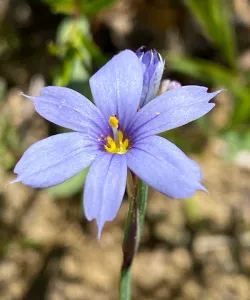
Blue-Eyed Grass is a charming a petite herbaceous perennial with stunning blue flowers that prefers full sun to light shade and well-draining soil. Blue-Eyed Grass typically grows about 6 to 18 inches tall with a clumping growth habit. This plant is not a grass, but appears very grass-like, with narrow and vibrant green leaves. From late spring to early summer, it produces clusters of delicate, violet-blue flowers with a distinct yellow center resembling a "blue eye." Blue-Eyed Grass's compact form, lovely blue blooms, and ability to thrive in various garden settings make it a delightful addition to borders, rock gardens, or natural gardens.
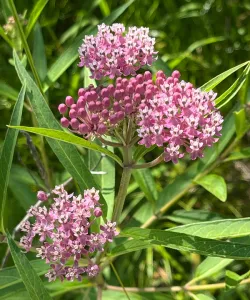
Swamp Milkweed, also commonly referred to as Rose Milkweed, is a wonderful choice for first-time gardeners looking to make a positive impact on their environment. With its striking clusters of pink or mauve flowers and long, slender leaves, this native perennial not only adds beauty to your garden but also supports important pollinators like butterflies and bees. Easy to care for and adaptable to various soil types, Swamp Milkweed is a perfect starting point for those new to gardening, providing a splash of color while contributing to the health of local ecosystems.
As a member of the Asclepias genus of milkweeds, Swamp Milkweed also provides endangered Monarch Butterflies with a place to lay their eggs. Monarch Butterfly caterpillars feed exclusively on milkweeds, so by cultivating Rose Milkweed in your garden, you'll be creating a stunning landscape while also contributing to the conservation of this fragile species.
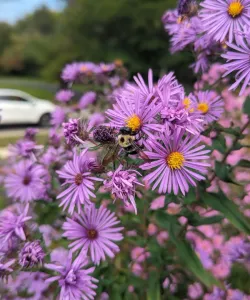
New England Aster is a a great statement plant with vibrant purple flowers that erupt from reddish leaf stems in late summer to fall. Despite its name, New England Aster is native across most of the Midwest and eastern US. This plant can reach a height of 3 to 6 feet, and will thrive in full sun to partial shade with well-drained and dry soil. This aster species is not only beautiful but also ecologically significant. Its nectar-rich flowers will attract bees, butterflies, and other beneficial insects to your yard. As a late-season bloomer, it helps support these pollinators during a critical time of year when food sources may be limited.

This deciduous climbing vine is native to the east and southeast US. Its vibrant, orange-red tubular flowers bloom from late spring through mid-summer, attracting hummingbirds and other pollinators with its nectar-rich blooms. Although it is technically a 6 to 15 foot tall plant, making it suitable for trellises, arbors, fences, and other supports where its dark green leaves offer attractive foliage. This plant will thrive in full sun and is adaptable to most well-drained soil. Once its blooms are past, it forms bright red berries that will attract birds.
Native Plants for Partial Shade
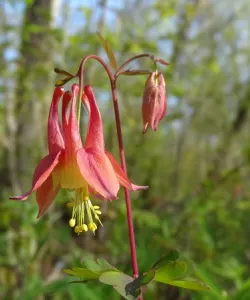
Eastern Columbine, also called Wild Red Columbine, offers unique red and yellow flowers that bloom from late spring to early summer. Growing to a height of 1 to 3 feet, it boasts a graceful growth habit that is just as home in a pollinator garden as in a naturalized area. This plant thrives in partial sun from shade to full sun and is well-suited for woodland gardens, shady borders, and other native landscapes with well drained soils.
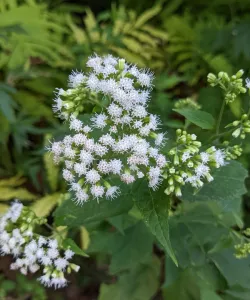
White Snakeroot typically grows to a height of about 2 to 4 feet and has a bushy, upright form. This plant's clusters of small, bright white flowers bloom from late summer to early fall, attracting pollinators like butterflies and bees. Its deep green leaves are opposite and heart-shaped, with toothed edges, and they provide a pleasant contrast to the white blossoms. In garden settings, White Snakeroot can be a valuable addition to pollinator gardens and shaded areas, especially for its late-season blooms when many other plants have finished flowering.
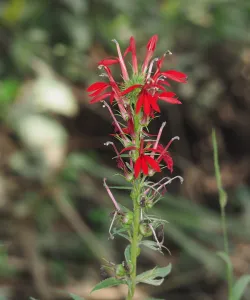
Cardinal Flower is renowned for its striking scarlet-red blooms and its role as one of the preeminent hummingbird attracting plants. This perennial wildflower thrives in wetland habitats and along the edges of streams, where its vibrant flowers stand out against lush dark green foliage. Growing to heights of 2 to 4 feet, Cardinal Flowers can be added as native specimen plants to bring a striking vertical accent to gardens and natural settings. Its unique color and shape make it a standout choice for attracting attention and biodiversity. This plant's preference for moist soils and partial to full sun also aligns well with various wetland restoration projects and rain gardens.
Native Plants for Shade

Virginia Bluebells are a wonderful spring ephemeral to liven up your partial to full shade gardens. These plants thrive in rich, moist soil and are right at home in a full shade woodland landscape or along stream banks. Virginia Bluebells typically grow about 1 to 2 feet tall with a clump-forming growth habit that can produce a dazzling colony if allowed. The leaves are broad and oval, emerging as reddish-purple in spring before transitioning to a lush green. From mid to late spring, they produce clusters of pendulous, bell-shaped light purplish pink flowers that mature into a stunning shade of sky-blue. Maintenance includes providing consistent moisture and allowing the foliage to die back naturally after the spring season has passed.
What You Can Do Today

If you live in Kentucky, My Home Park has low maintenance, pre-designed gardens that bring together diverse sets of native plant species produced by expert, organic growers who draw on diversified gene lines. These gardens are designed to bloom from early spring to fall, beautifying your landscape while supporting wildlife. Check out our catalog for Kentucky or in any of the other states we serve in the Midwest, Mid-Atlantic, and beyond to get started today!
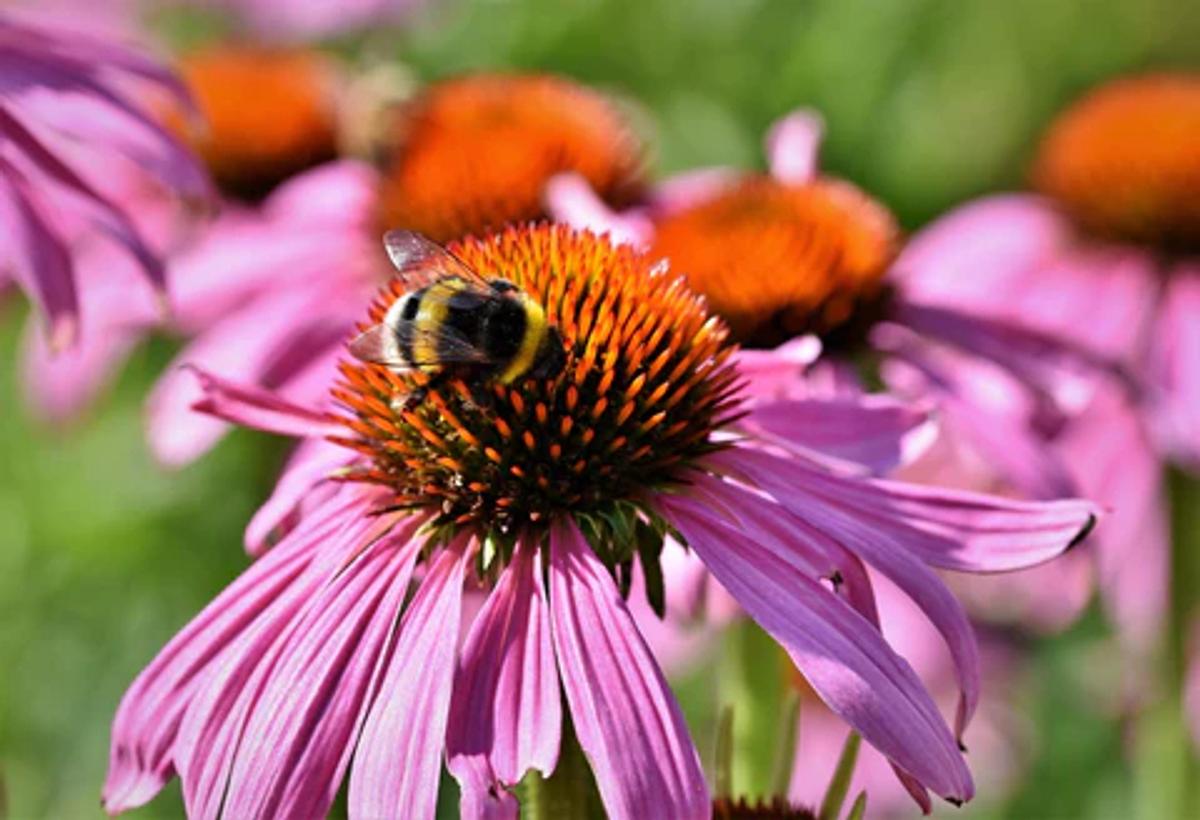
Share this article


